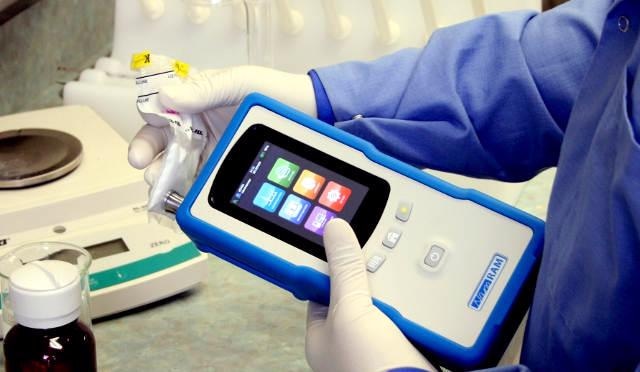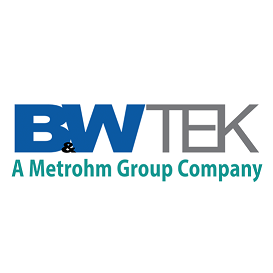Raman Spectroscopy is gaining traction in market segments that demand the rapid detection of unknown compounds, including the characterization of polymers, measurement of pharmaceutical ingredients, and testing of chemicals. Today’s Raman equipment that uses on-board spectral libraries and intelligent chemometric software is an ideal tool for molecular fingerprinting purposes.
More extensive sample preparation procedures are required for conventional analytical methods such as NIR, FTIR, and HPLC spectroscopy. Conversely, Raman equipment does virtually not require sample pre-treatment, does not involve direct sample contact, and can perform direct analysis of samples through a transparent packing material such as plastic or glass, making it suitable for use in a production environment or for field applications.
Technological Advancements
Some of the following innovative technological developments have accelerated the rapid growth in Raman applications:
- Charge-coupled device (CCD) detector technology with thermoelectric cooling (TEC) to decrease signal noise and augment the dynamic range for lower detection capability
- High spectral resolution optics to minimize the impact of interferences
- High-quality lasers with a narrow bandwidth of the analytical wavelength of interest
- Miniaturized, high speed integrated computers, providing unparalleled data processing and calculation capability in a compact package
Moreover, today’s Raman equipment is more robust, faster and cheaper when compared to earlier designs. Furthermore, the developments in component miniaturization have resulted in the design of high-performance handheld Raman devices, exposing the technology to new areas of applications that were earlier impossible with older, larger and more cumbersome technology.
For instance, the extremely high molecular selectivity of handheld Raman instruments makes them ideal for pharmaceutical production applications, including the testing of raw materials.
The NanoRam Handheld Raman Spectrometer
The NanoRam from B&W Tek is one of the most capable handheld Raman analyzers for use in this type of application. The NanoRam has an integrated computing system, designed for material identification and verification within facilities that comply with current Good Manufacturing Practices (cGMP) - especially for beginners and inexperienced users.

With a weight of below 2.2lbs, the NanoRam enables developing standardized and validated methods rapidly to facilitate monitoring for purity and quality purposes. This capability makes it suitable to perform chemical, mineral and pharmaceutical characterization on the loading dock, around the warehouse, at the production line, in the lab, or outside for field applications.
The NanoRam is equipped with B&W Tek's proprietary NanoRam OS software, which conforms to both cGMP and 21CFR part 11 certification. The spectrometer also features intelligent chemometrics software packages and other software development kits (SDKs) for analyses that are quantitative in nature or applications that are more complex.
The NanoRam can be synchronized within a network to enable real-time wireless communication with a company's Enterprise Resource Planning (ERP) and/or Quality Management System (QMS) software platform, allowing users to update their devices with reporting templates and spectral libraries at any time with complete data integrity and security.
The core component of the NanoRam is a temperature-controlled detector that facilitates unprecedented system stability and superior data quality. The combination of this proprietary thermoelectric cooling, a high speed micro- processor, and patented CleanLaze laser stabilization technology enables the Raman spectrometer to deliver laboratory grade performance in the palm of users’ hand.
Additionally, B&W Tek provides complete IQ/OQ (Installation Qualification/Operational Qualification) services to the equipment users, in addition to custom training, such as the improvement of the analytical technique needed for their specific applications.
Conclusion
The laboratory grade performance of the NanoRam delivers the highest quality signal, thereby minimizing the requirement for repeated testing of the material. This, in turn, decreases time, improves productivity, and minimizes production costs.

This information has been sourced, reviewed and adapted from materials provided by B&W Tek.
For more information on this source, please visit B&W Tek.